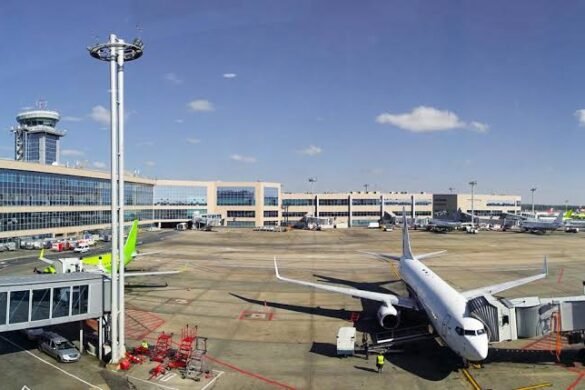A German-registered Piper PA-46-310P Malibu aircraft, bearing the registration number D-EOSE, crashed into the sea southwest of Qaqortoq, Greenland, on July 29, 2024. The aircraft was reportedly en route from Reykjavík, Iceland, to Narsarsuaq, Greenland, when the accident occurred.
The Piper Malibu, a single-engine light aircraft known for its reliability and frequent use in private and business travel, disappeared from radar screens at approximately 14:45 local time. A distress signal was detected shortly before the crash, prompting an immediate response from the Joint Arctic Command, which oversees search and rescue operations in the region.
Search and rescue operations were launched promptly, involving both air and sea assets. The Joint Arctic Command dispatched helicopters and ships to the reported crash site. Despite challenging weather conditions, search teams were able to locate debris from the aircraft approximately 10 nautical miles southwest of Qaqortoq. The search efforts continue as the teams work tirelessly to locate any survivors and recover the wreckage. The cold and harsh conditions of the North Atlantic present significant challenges to the rescue operations, and while the authorities are hopeful, they remain realistic about the prospects of finding survivors given the frigid water temperatures.
The Danish Accident Investigation Board, in collaboration with the German Federal Bureau of Aircraft Accident Investigation (BFU), has commenced a thorough investigation into the cause of the crash. The investigation will examine various factors, including the aircraft’s maintenance history, weather conditions at the time of the incident, and the pilot’s experience and actions.
The small community of Qaqortoq and the broader aviation community are deeply affected by this tragedy. Local residents have expressed their condolences to the families of those on board. The incident underscores the inherent risks associated with flying in remote and challenging environments.
The Piper PA-46-310P Malibu has been involved in several accidents since its introduction in the 1980s. However, it remains a popular choice among private pilots due to its range, speed, and comfort. This incident will likely prompt a review of safety protocols and procedures for flights in Arctic regions.
As the search and rescue efforts continue, thoughts and prayers are with the families and friends of those involved in this tragic accident. The aviation community awaits the results of the investigation, hoping to learn from this incident to enhance the safety of future flights in similar challenging environments.



